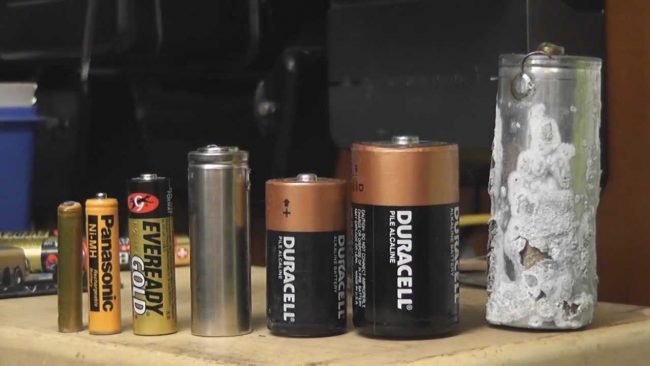Why are there no B Batteries?
There are AA batteries, AAA, C, D batteries, but there are no B batteries. If you go to Walmart to buy a pack of those, you’ll only waste your time. Although practical batteries were introduced in the early 1800s and are now part of our daily lives, very few people know where the AA, AAA, C, D names come from when it comes to practical batteries. Moreover, have you ever asked yourselves why there isn’t any kind of B battery around? Maybe it’s time to find out!

Why are there no B Batteries?
There are no B Batteries because they stopped being needed. Yes, this is the unexpected truth. This particular battery size didn’t really catch on commercially and it was swiftly forgotten. There is also another category of batteries that got left behind and that is the A battery. The did exist and they can still be found in different parts of the world, just that they are not used as much as the AAA, or C or D batteries. This entire crazy naming system was standardized in 1924. Before that, numbers had been used to name batteries. After that, we’ve got the alphabetic system. Further on, batteries kept getting larger and larger and it was easier to keep naming them AA, AAA and so on and so forth. One single battery type name remained from the old system and that is the No.6 battery.
B Batteries and A Batteries stopped having a practical use
There was a time when the now large A batteries were the smallest out there. Then the AA and AAA were added to the system to indicate the newer and smaller A batteries. So, as time went by, the B batteries and A batteries went out of use in favor of other smaller ones. AA and AAA are still used for our everyday electronics, such as remote controls, electric razors, flashlights, etc. Also, the C and D batteries are meant for devices with high energy demands and they are still in use today. To get an idea of how things were before, just know that A batteries were used in the earliest laptops models, while the B batteries are still used in Europe for certain flashlights or lanterns.
So yes, the invention of the battery was a staggering breakthrough and a pretty amazingly diverse number of battery types emerged in a rather short time. There were so many things to take into consideration when talking about a type of battery: size, shapes, voltage, storage capacities and so on. The whole industry probably felt a little overwhelmed, so they decided upon a wide standard, especially for the military. So, after World War I, an institution called the War Industries Board and several other government agencies agreed upon a standard system describing the batteries specifications. In 1928, the proposal has been accepted and a list of battery cell sizes and their corresponding label emerged. The convention was that A would be the smallest and as with every letter of the alphabet, the batteries would get larger in size. The largest of all was the No. 6 battery, a 6-inch battery which was the most popular at that time and its name remained unchanged. All the other batteries got their A, B, C, D and so on names. With time, AA and AAA sizes came by and the battery industry is as diverse as possible. The ANSI standard for batteries of today has been revised numerous times as battery technology has evolved over the years.
However, we are still sad that the B batteries didn’t really make the “Battery Home of Fame” and that they are now merely a trivia question. So, yes, B batteries really existed!
